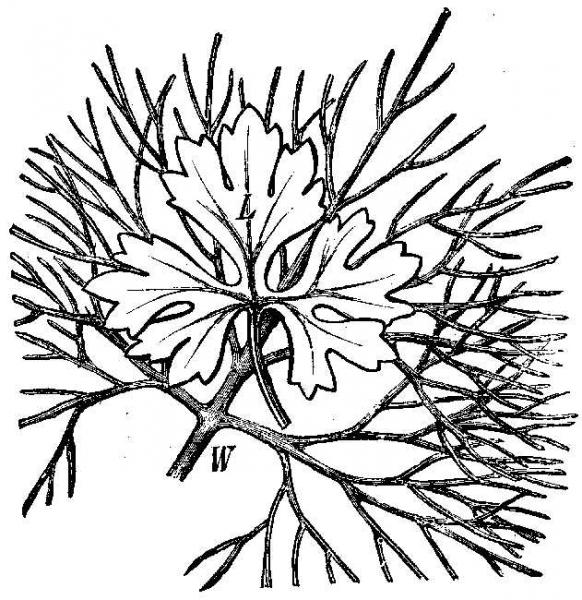XII.10.2 In the course of evolution, developmental plasticity mechanisms, i.e. mechanisms facilitating adaptation of an individual’s phenotype to local environmental conditions, have appeared in a number of species.
It is advantageous for organisms if they are able to modify their ontogenesis in dependence on the local conditions in which they find themselves.This ability is especially advantageous for immobile organisms that are bound all their lives to the place where they were born and grew up. It is thus encountered primarily in plants (Pigliucci 1998)and to a lesser degree in other organisms (Gotthard & Nylin 1995; Brönmark & Miner 1992).In a great many species of plants, the phenotype of individuals growing at relatively dry sites differs from the phenotype of individuals at damp sites; however, frequently even the phenotype of separate parts of a single individual differs in dependence on the local conditions (Fig. XII.12).The phenotype of water plants differs according to the speed of water flow at the particular sites.In a great many species of plants, preference is given to the phase formed by the vegetative or by the reproductive organs, in dependence on the amount of resources available to the particular individual.Development of the organism is thus programmed so that it occurs in dependence on the external conditions and so that it results in an individual with the phenotype that is best adapted to these local conditions.The ability to purposefully modify ontogenesis in dependence on the external conditions is called developmental plasticity.

Fig. XII.12 Phenotype plasticity of the individual organs in plants. In a great many aquatic and aquatic and semi aquatic plants, including the depicted water crowfoot (Ranunculus multifidus), the morphology of leaves growing on parts submerged below the water differs substantially from that of parts exposed to the air. According to Schneider (1911).
Developmental plasticity is an apparently complementary phenomenon to that of developmental canalization, i.e. the ability of an organism not to change during ontogenesis in reaction on the effects of the external environment or the effect of mutations (see also XII.7.2).However, the two phenomena differ in a certain aspect.While organisms with high developmental plasticity readily (and mostly purposefully) react in their ontogenesis to predictable effects, i.e. to effects that part of the individuals in the population necessarily and repeatedly encounter during the existence of the species, organisms with low canalization of developmental processes readily (and usually ineffectively) react to unpredictable effects.
